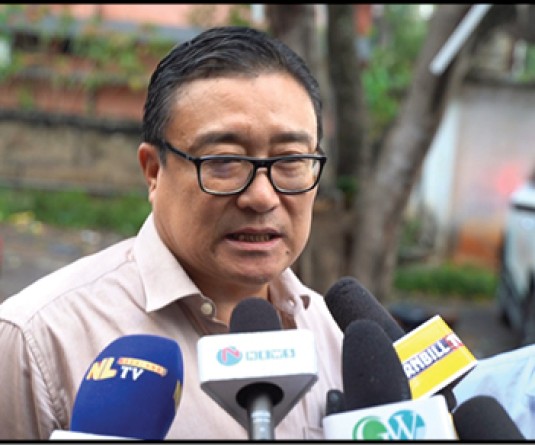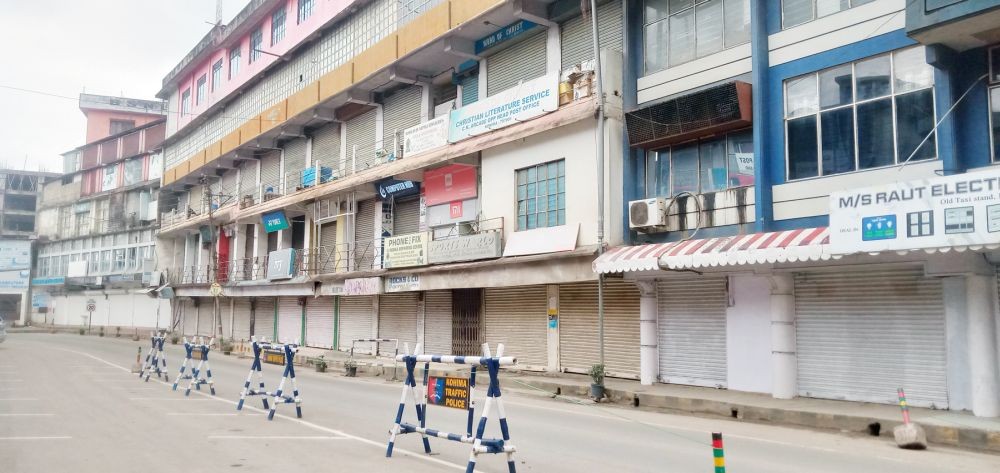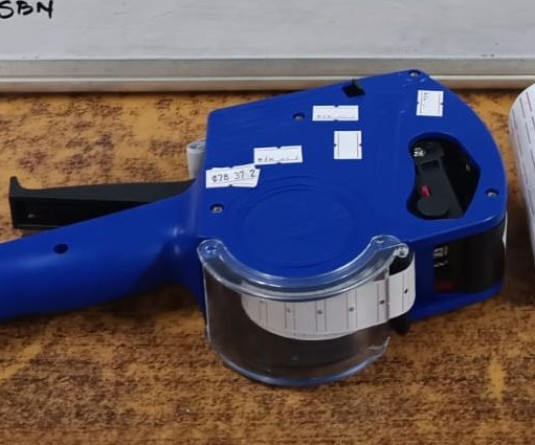
Morung Express News
Dimapur | March 9
An ongoing exhibition at Cambridge University in England is attempting to give voice to marginalized communities from India, among them the Naga people.
On display since March 8, the ‘Another India’ exhibition at the Cambridge University’s Museum of Archaeology and Anthropology (MAA) showcases hundreds of objects from the Museum’s historic collections as well as newly-commissioned works from contemporary sculptors.
Among the objects going on display are a head-hunters skull, pieces of the Taj Mahal and a snake-charmer’s flute.
The collection of Naga exhibits include a ‘head-taker’s skull,’ which the description says “was worn on the chest by a Konyak warrior who had captured an enemy head.” The monkey skull, with red, white and black hair woven into the crown, was collected by JH Hutton, Deputy Commissioner of Assam (then including the Naga Hills) and later a Professor of Anthropology at Cambridge, who put it in a glass jar and kept it in his office until he retired.
The collection also includes photos of Naga men in their 80s and 90s displaying their tattooed faces and bodies.
‘Another India’ tells the stories behind a remarkable collection of artifacts while confronting head-on the role played by Empire and colonialism in the gathering together of this material.
The exhibition also features 23 works acquired by its curator Mark Elliott, using a New Collecting Award from Art Fund.
“This is an exhibition about the India – or the many Indias – that most people in the UK don’t know,” said Mark Elliott. “It’s about 100 million people of Indigenous or Adivasi backgrounds who are marginalised by majority populations and the state. It’s an exhibition about identity, diversity and belonging; and the role that objects play in creating a sense of who we are.”
“These are issues that affect all of us, particularly now when Identity – who we are, where we come from and where we belong – is being fought over here in Britain. Another important story is how these things came to Cambridge in the first place. Many of the artefacts were acquired through colonialism: sometimes fair exchanges, sometimes gifts, sometimes not. This is about legacies of empire for people in the UK and India,” he added.
‘Another India’ is the centre piece of the University’s wider celebrations entitled India Unboxed. To mark the UK-India Year of Culture 2017, the University of Cambridge Museums and Botanic Garden, are hosting a shared season on the theme of India with a programme of exhibitions, events, digital encounters, discussions, installations and more within the museums and the city of Cambridge. Rooted in the Cambridge collections, the programme will explore themes of identity and connectivity for audiences in both the UK and India.




